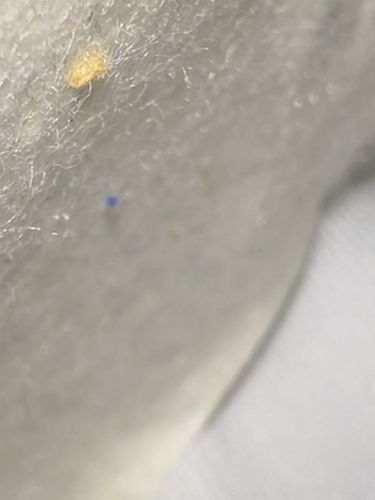Dust Mite
Scientific Name: Dermatophagoides spp.
Order & Family: Order: Sarcoptiformes, Family: Pyroglyphidae
Size: 0.2-0.3 mm (microscopic)

Natural Habitat
Commonly found in human dwellings, especially in beds, carpets, upholstered furniture, and clothing. They thrive in warm, humid environments.
Diet & Feeding
Primarily feed on dead human and animal skin flakes (dander), as well as other organic detritus.
Behavior Patterns
Dust mites are microscopic arachnids, not insects. They are photophobic (averse to light) and thus prefer dark environments. They do not drink water but absorb moisture from the air. Their life cycle is typically 1-3 months.
Risks & Benefits
Potential risks: Their shed exoskeletons and fecal matter are common allergens that can trigger asthma, eczema, and allergic rhinitis in sensitive individuals. They do not bite or transmit diseases. Benefits: They play a role in the decomposition of organic matter in indoor environments, breaking down dead skin cells.
Identified on: 10/12/2025